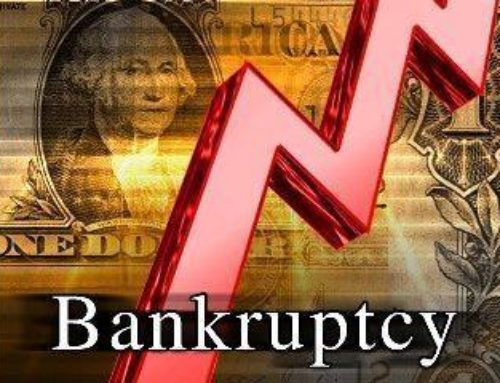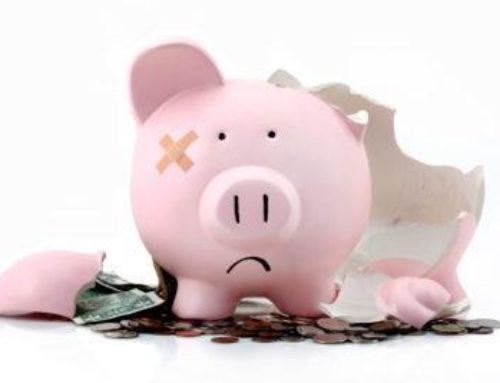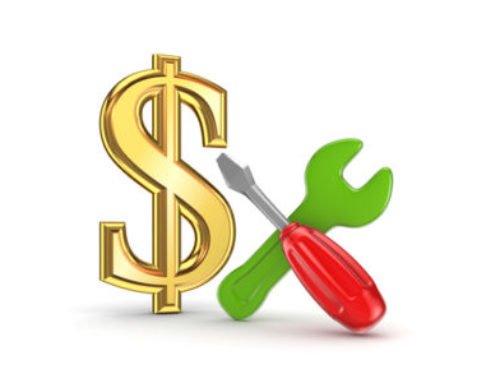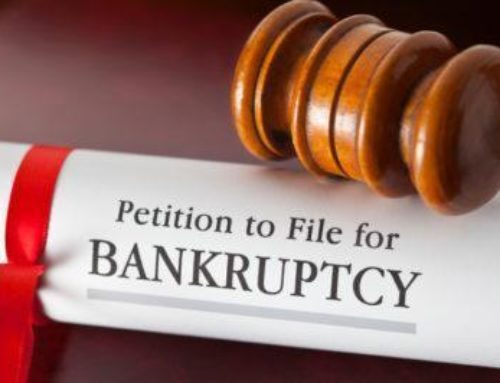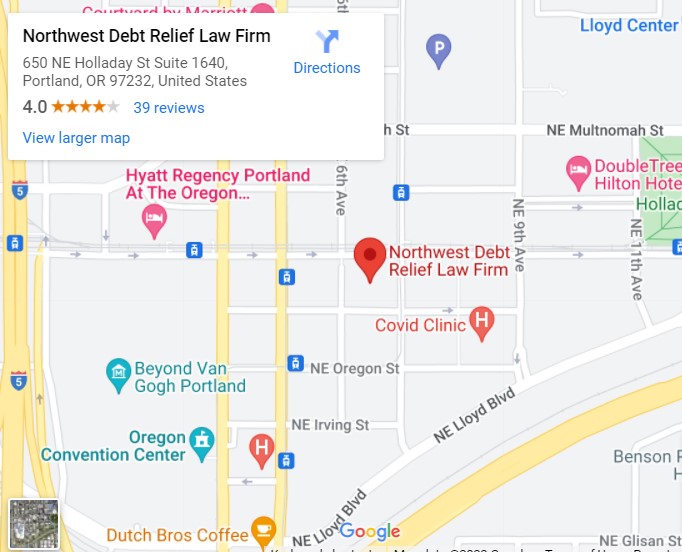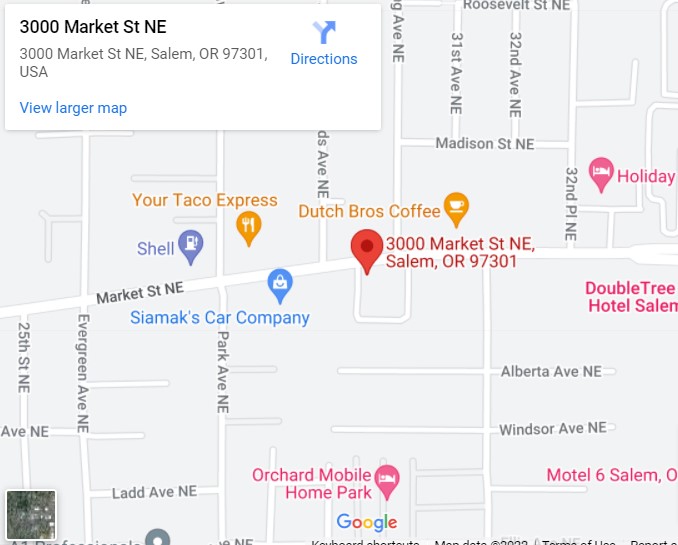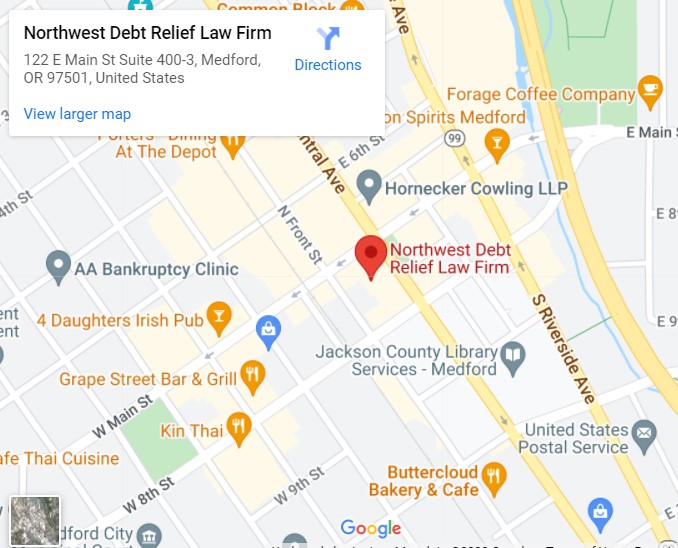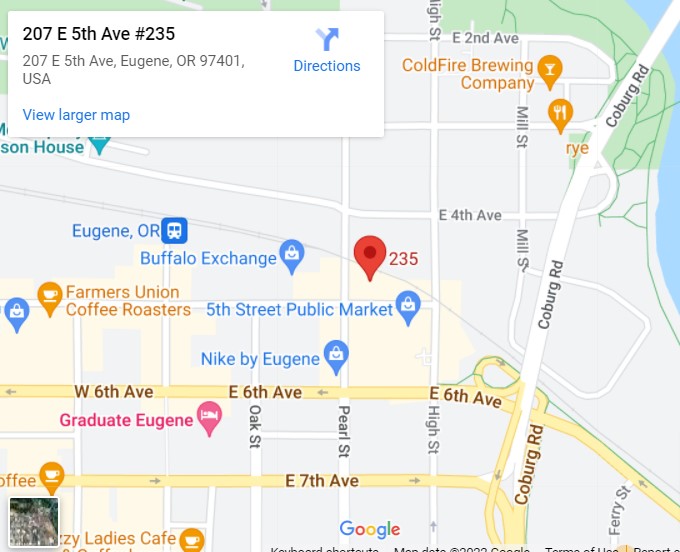If you financed your car over two and a half years ago, Chapter 13 bankruptcy allows you to reduce the balance of your car loan and pay lower interest on that loan.
For example: Lets say three years after purchase, you owe $20,000 on the car note, but the car is only worth $10,000. Because your lender’s note is no longer fully secured by the car (only $10,000 of the loan is secured), 5,000 of that loan is unsecured.
In Chapter 13 bankruptcy, you can reduce the principal balance of your car loan to the replacement value of the car. So, in the above example, you could reduce your loan balance to $10,000. Even better, the interest rate on this new balance is set somewhere between four and six percent.
The remaining $5,000 that is no longer secured by your car is just added to your total of unsecured debt, a percentage of which you pay off over the course of your Chapter 13 repayment plan. Because most debtors pay only a small portion of their unsecured debt over the life of a plan, often less than dimes on the dollar, the opportunity to cram down a car loan represents an enormous potential savings.

